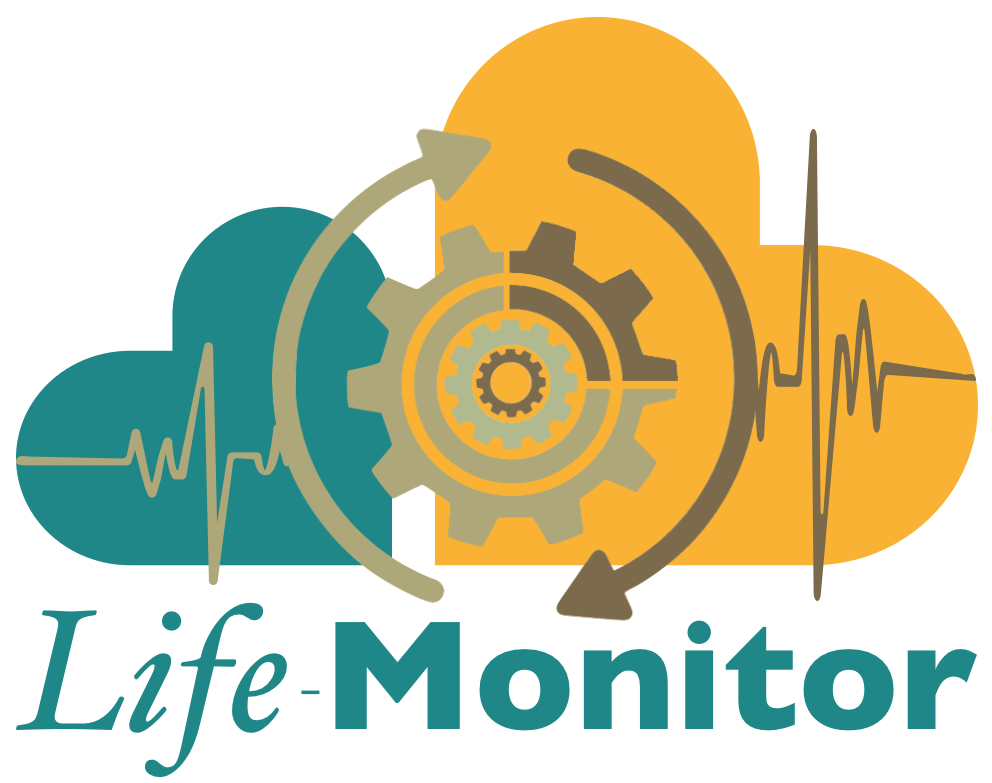Making a Workflow Testing RO-Crate
In order to have your workflow monitored by LifeMonitor, you need to package it as a Workflow Testing RO-Crate (WTROC). If you have a Galaxy, Snakemake or Nextflow workflow that follows community best practices, the easiest way to generate a WTROC for it is to use repo2rocrate. Example:
git clone https://github.com/nf-core/rnaseq
repo2rocrate -r rnaseq/ -o rnaseq.crate.zip
See repo2rocrate’s documentation at the above link for more information.
Using ro-crate-py
If your workflow type is not supported by repo2rocrate, or you can’t conform to community best practices for some reason, you can generate a WTROC with ro-crate-py. Set up a Python virtual environment and install ro-crate-py:
python3 -m venv venv
source venv/bin/activate
pip install --upgrade pip
pip install rocrate
Now move into the directory that contains your workflow and associated assets. This can be, for instance, a copy of a repository in a version control provider such as GitHub. As an example, we’re going to use the FAIR CRCC - send data workflow.
git clone https://github.com/crs4/fair-crcc-send-data
cd fair-crcc-send-data/
Initialize the crate, ignoring the .git and .github directories:
rocrate init --exclude .git,.github
The above command creates an ro-crate-metadata.json file at the top level
that simply lists all files as "File" and directories as "Dataset". This
includes the main workflow file:
{
"@id": "workflow/Snakefile",
"@type": "File"
}
To register it as a computational workflow, run the following command:
rocrate add workflow -l snakemake workflow/Snakefile
If you check the JSON file now, you’ll see that the entry for
workflow/Snakefile is more articulate: for instance, it has a more specific
@type and it links to an entity representing the Snakemake language. Other
changes have also been made to the crate so that it conforms to the Workflow
RO-Crate spec. If your
workflow is written in a different language, specify it using the -l option
as shown above. To get a list of supported options, run:
rocrate add workflow --help
Now we need to point the crate to a test instance for the workflow. LifeMonitor supports monitoring test executions that run on Travis CI, Jenkins and GitHub Actions. In this case, the (scientific) workflow is tested by a GitHub Actions workflow defined by .github/workflows/main.yml.
First, create a test suite:
rocrate add test-suite -i suite_1
Then, add a test instance that points to the CI workflow:
rocrate add test-instance suite_1 https://api.github.com -s github \
-r repos/crs4/fair-crcc-send-data/actions/workflows/main.yml \
-i first_test
Where https://api.github.com is the service URL, while the argument of the
-r option is a reference to the CI workflow in the form:
repos/<OWNER>/<REPO NAME>/actions/workflows/<YAML FILE NAME>
That’s it! If you want, you can check ro-crate-metadata.json again to see
how it changed in response to the above commands. All that’s left to do is to
zip the crate in the format accepted by WorkflowHub:
rocrate write-zip /tmp/fair-crcc-send-data.crate.zip
